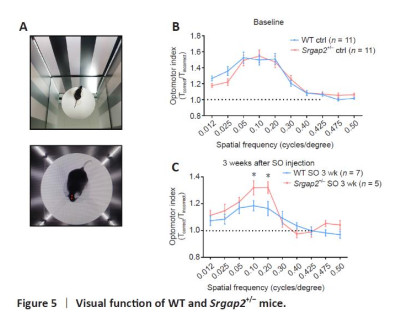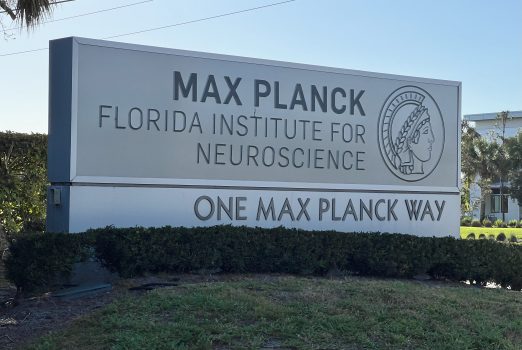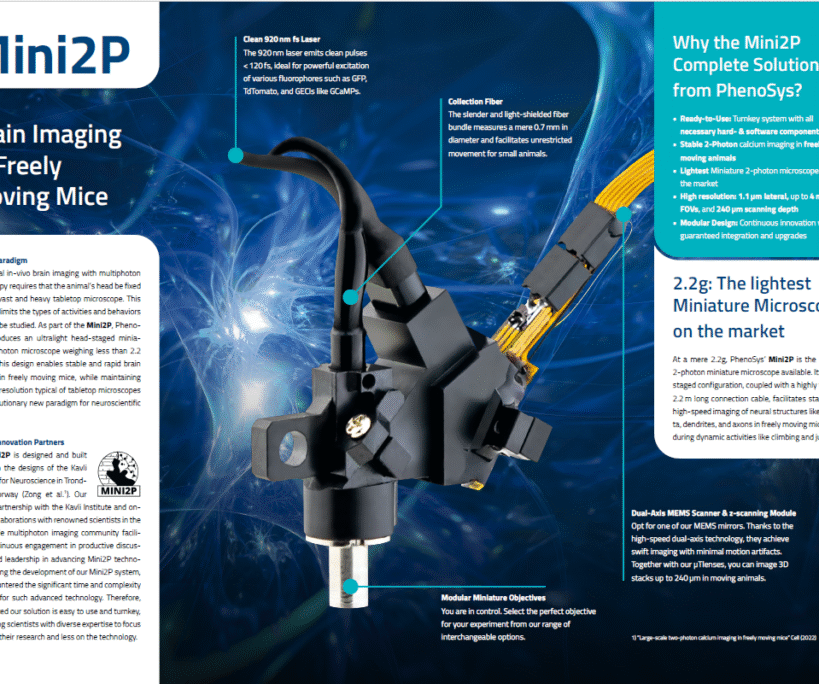qOMR – Exploring Diverse Applications in new 5 publications
It is remarkable and inspiring to watch the diverse range of applications facilitated by the PhenoSys qOMR. In the five latest publications at hand, the qOMR has been key in providing significant insights across various research domains. Congratulations to the research teams on these noteworthy publications. Studying Optic Neuropathies Gan et al. (1) demonstrate the involvement […]
Read More
Unveiling the Hidden Players in How Our Brain Navigates
In pediatrics, young patients may not be able to communicate the exact location and intensity of the pain they’re experiencing. With SPECT/CT the origin of pain becomes clearly visible, which can lead to more accurate diagnoses and surgical planning. Nuclear medicine physicians are learning how to share visual findings from SPECT/CT with referring orthopedic surgeons, resulting in improved collaboration and outcomes.
Read More
PhenoSys sponsors 2024 Neuroimaging Course at MPFI Florida
In pediatrics, young patients may not be able to communicate the exact location and intensity of the pain they’re experiencing. With SPECT/CT the origin of pain becomes clearly visible, which can lead to more accurate diagnoses and surgical planning. Nuclear medicine physicians are learning how to share visual findings from SPECT/CT with referring orthopedic surgeons, resulting in improved collaboration and outcomes.
Read More
Impaired drainage through capillary-venous networks contributes to age-related white matter loss…
In pediatrics, young patients may not be able to communicate the exact location and intensity of the pain they’re experiencing. With SPECT/CT the origin of pain becomes clearly visible, which can lead to more accurate diagnoses and surgical planning. Nuclear medicine physicians are learning how to share visual findings from SPECT/CT with referring orthopedic surgeons, resulting in improved collaboration and outcomes.
Read More
Our brand new VR brochure is online
In pediatrics, young patients may not be able to communicate the exact location and intensity of the pain they’re experiencing. With SPECT/CT the origin of pain becomes clearly visible, which can lead to more accurate diagnoses and surgical planning. Nuclear medicine physicians are learning how to share visual findings from SPECT/CT with referring orthopedic surgeons, resulting in improved collaboration and outcomes.
Read More
- 1
- 2






